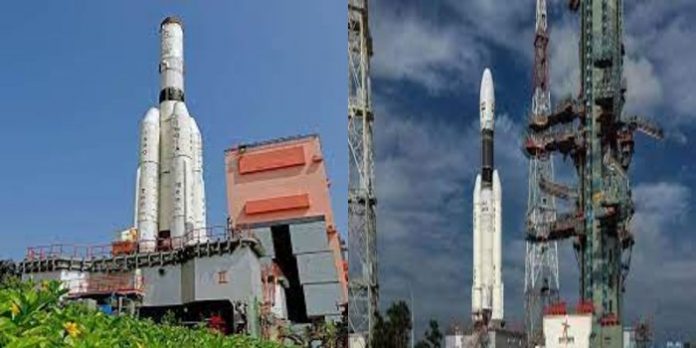The Indian Space Research Organisation (ISRO)’s mission to place its Earth Observation Satellite EOS-03 “could not be accomplished fully” because of an anomaly, the space agency said after the launch. Isro launched India’s “eye in the sky” – the GISAT-1 Earth observation satellite (EOS) at 05:43am on Thursday.
The satellite was launched on a geosynchronous satellite launch vehicle (GSLV) from the Satish Dhawan Space Centre (SDSC) at Sriharikota in Andhra Pradesh as a part of the GSLV-F10 EOS-03 mission after a 26-hour countdown. Ahead of the lift-off, the Launch Authorisation Board cleared the decks for a normal lift-off as planned. The performance of the rocket in the first and second stages of the rocket was normal, scientists at the Mission Control Centre said. But shortly afterwards, it was announced in the Mission Control Centre by the Range Operations Director “mission could not be accomplished fully due to performance anomaly”. The EOS-03 is a state-of-the-art agile Earth observation satellite, meant to help in quick monitoring of natural disasters like cyclones, cloudbursts and thunderstorms. “A 4 metre diameter Ogive-shaped payload fairing is being flown for the first time in this GSLV flight. This is the fourteenth flight of GSLV,” ISRO had said on the launch. The launch was originally planned in April or May but was postponed due to the second wave of the COVID-19 pandemic.






















